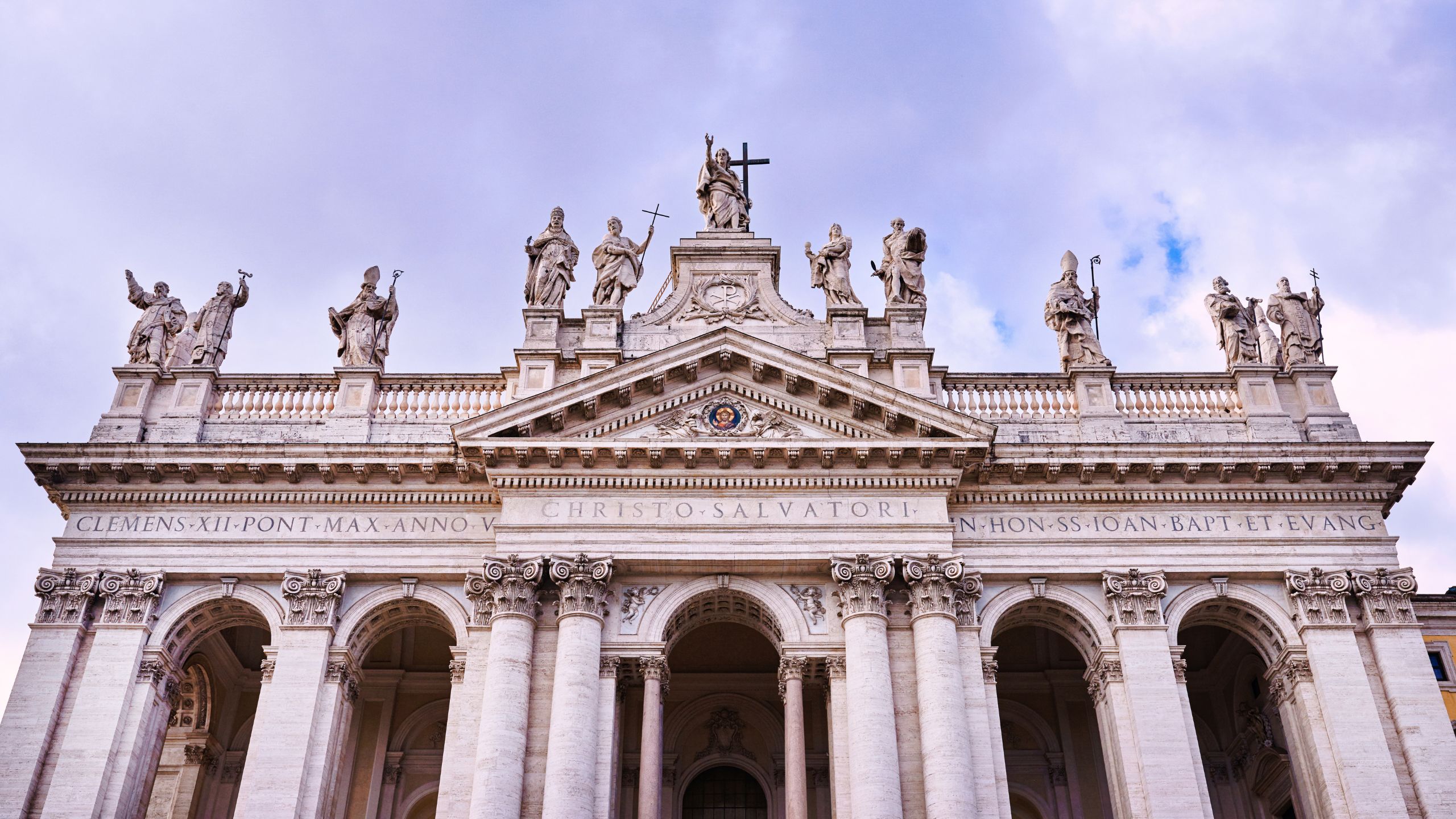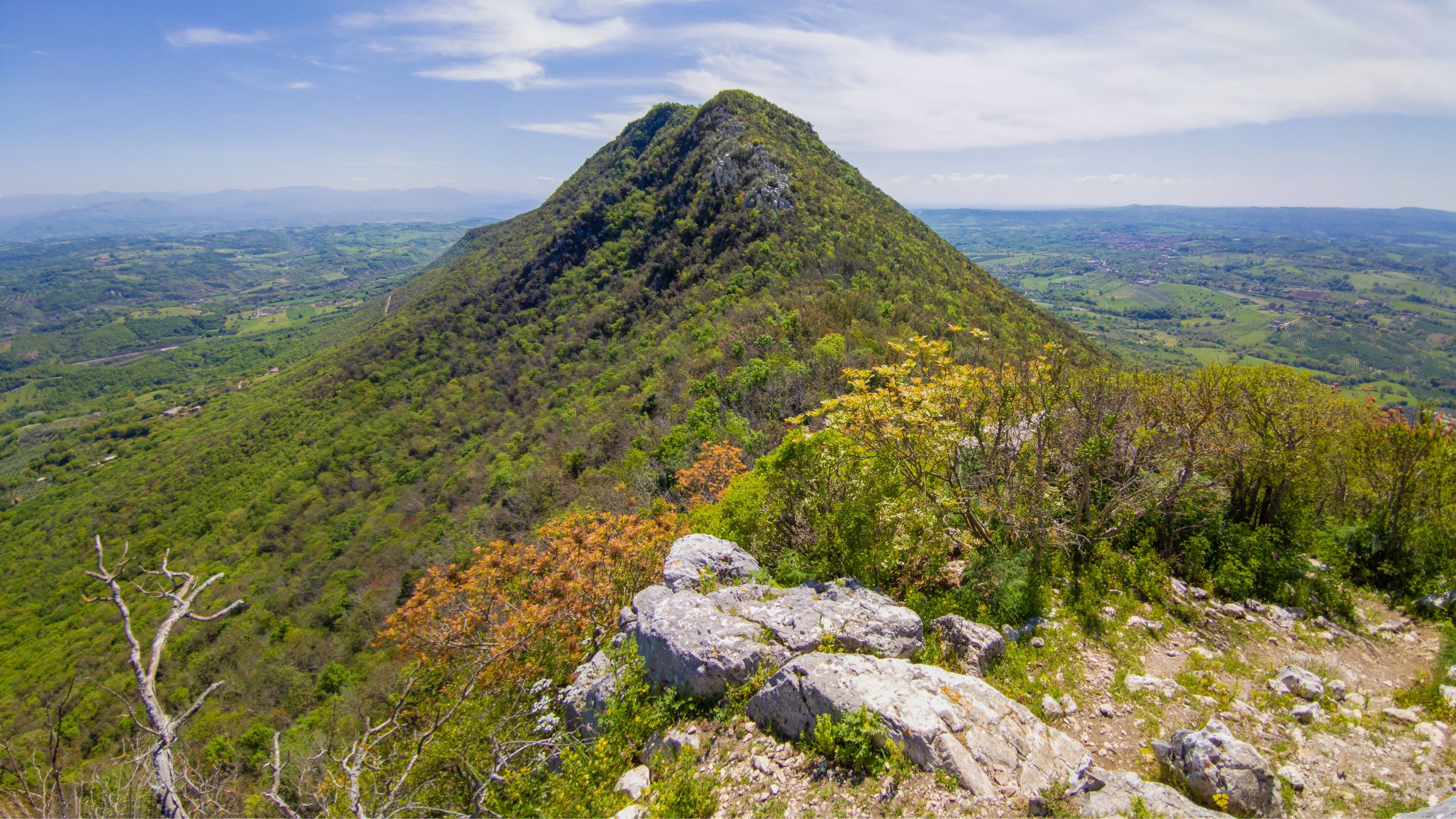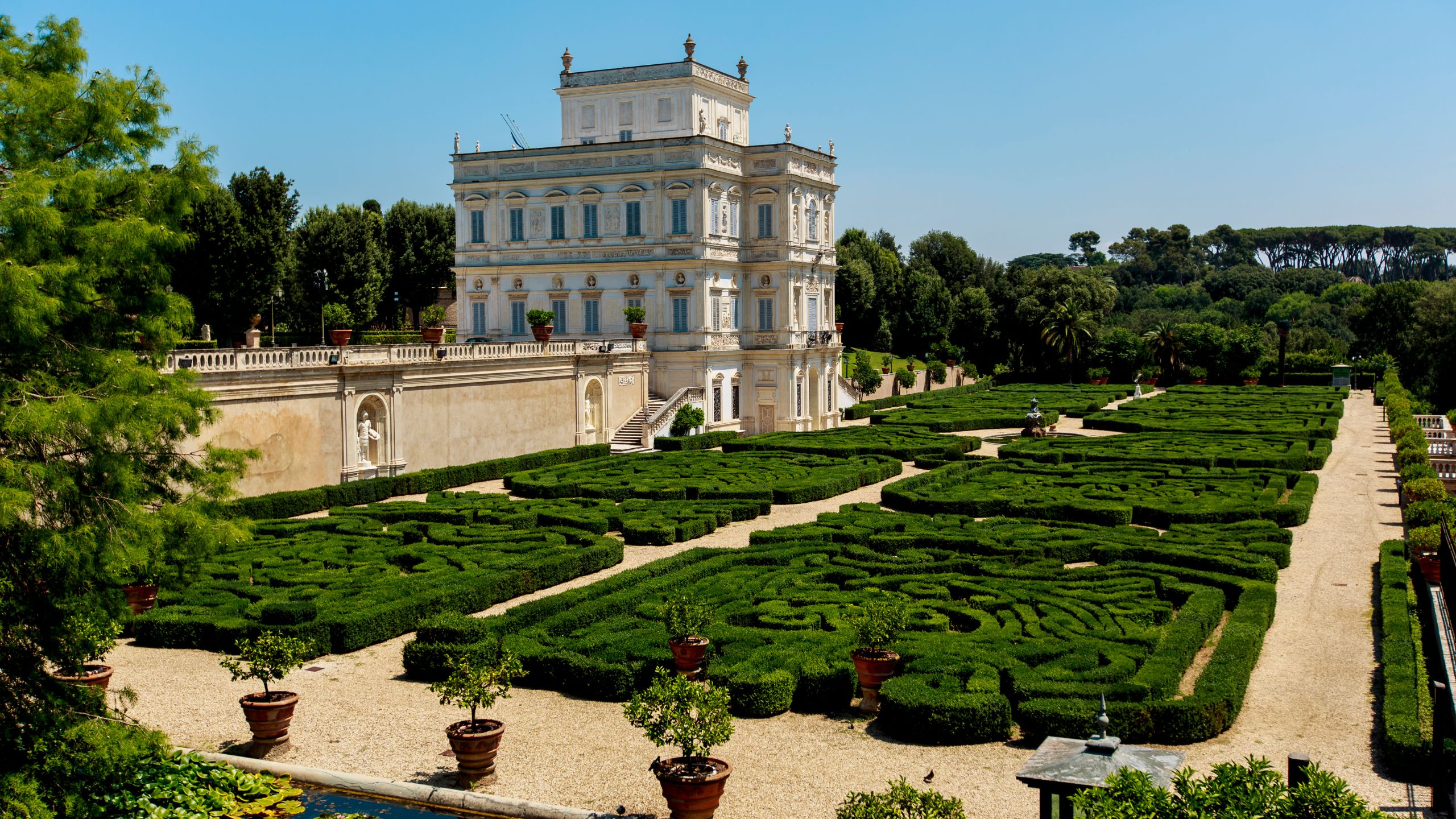The secret beauty of Rome undergrounds
Rome is one of the ancient cities with two faces, the visible one and the underground one, perhaps even more fascinating than the remains on the surface. Many people even ignore its existence, and the inhabitants themselves often do not even know they are walking above real archaeological or more recent treasures.
It is thanks to the underground and secret Rome that we know a lot about how the ancient Romans lived, and the emperors themselves, who succeeded each other, with their sumptuous residences.
Some sites are so well preserved, they surprise visitors. The habit is that of going with tourist guides along the distances, because some of them are narrow, and others make you get lost. All these places still need an archaeological explanation, to fully understand their function and the discoveries have taken place over the years.
Rome is so rich in underground treasures that during the works of the new underground lines the discoveries were continuous, from Piazza Venezia to Piazzale Ionio, it was a succession of peculiar discoveries about the past, sometimes surprising.
Many of them have been available to the access of the visitors, along the years.
The Domus Aurea di Nerone
Nero was one of the most sadly famous emperors of the ancient Rome, just for the fire - whose blame was put on him - that destroyed a large part of the city. It seems he wanted to create enough space for building the imperial dwellings: the Domus Aurea. The remains of the "golden house" are now visible below the area between the Colle Palatino and the Colle Oppio.
It was partly destroyed by the construction of very important buildings, such as the Colosseum and the Bagni di Traiano, after Nero's death. Today, the remaining part is near the Colle Oppio and going down it is exciting, by Via della Domus Aurea, 1.
It was called a house of gold, because the emperor wanted to decorate it with many ornaments made of this precious metal, both on the ceilings and on the walls, wheter the floor was covered by marble.
It seems the villa extended over an 80 hectares area, with an about 1,5 km colonnade, a forest, several gardens, an artificial lake - near the Colosseum -, and the statue of Nero - 35 meters high -, that got lost. Today, there is an octagonal room, equipped with a very ingenious mechanism that allowed it to rotate incessantly.
The catacombs of San Callisto on Via Appia Antica
The catacombs - where the first Christians used to meet, and where burials often took place - are one of the symbols of the ancient Rome. Many of them are located along Appia Antica, such as those of Domitilla, San Sebastiano fuori le Mura and San Callisto.
The catacombs of San Callisto are well preserved and they are the oldest in Rome undergrounds.
You get in there by the street number 110/126 and it is rich in tunnels and very suggestive areas with frescoes, inscriptions and representations of saints, such as Santa Cecilia. A crypt is dedicated to her, together with the one called "dei Papi". Actually, many popes of the Christian era were buried there, around the 5th-4th century. For this reason, San Callisto's catacombs are called "little Vatican", too.
Domus Romane in Palazzo Valentini
Below Palazzo Valentini, you can discover some of the noble houses of the ancient Rome, full of fascinating details about the habits of the wealthy classes of the city.
It is accessed by an entrance site in the Foro di Traiano. Archaeological research has arrived to ascertain these domuses belonged almost certainly to the senators of the imperial era, according to the richness of the environments.
They were equipped with spas, as it was usual in the best traditions of the ancient Rome, served by a direct connection to the aqueduct and the water heating systems (calidarium). Other areas you can visit are the peristyles, the halls with well-preserved frescoes, and the kitchens. One more reason to go and visit them is the opportunity to join an interactive representation of the environments accompanied by the narrative voice of Piero Angela, which will make you experience the Roman domus of 2000 years ago.
The Domiziano Stadium
The Domiziano stadium is located just below the charming Piazza Navona in Campo Marzio. Before entering the square, a small view allows you to see part of the remains of an arch, emerging below the street level, nowadays. The stadium was built by the emperor, in 86 AD, and it was the first in masonry, designed to accommodate the Greek games of the "agones" for about 30 thousand spectators. This is the reason why the church of Sant'Agnese located in the square is called "in Agone".
The stadium was very similar to that of the Circo Massimo, but elongated and with a semi-circular border, however today just the north side is still clearly visible.
The well-preserved excavations can be accessed by Piazza Tor Sanguigna, to walk along the rooms made of arches, mighty walls, architraves and the access stairway.
The stadium was abandoned, in the V century, used as a place where to collect building materials, then also deprived of its vestiges. The floods of the Tiber contributed to burial it, and other constructions and demolitions, that were the cause of its disappearance, since the Middle Ages. Today it hosts exhibitions and cultural events.
The Colombario di Pomponio Hylas
The Colombario di Pomponio Hylas is located in the park in Via Latina, in San Giovanni district.
They are graves for the less wealthy families of the imperial age, who still wanted to have a dignified burial.
The name "columbario" refers to the shape of the recesses that hosted the ashes of the dead and that were similar to the nests of the pigeons. The intention was to occupy a small space, but to have a votive shrine in memory, anyway. The space is narrow and rectangular and valuable for the works made of surprisingly vivid colors, representing women, flowers and bucolic environments.
Mussolini bunker
Mussolini built 3 bunkers in strategic areas of the city, as in the Eur district and below Villa Torlonia. The one recently discovered is located under Palazzo Venezia, at a depth of 20 meters under the Palazzetto di San Marco, part of the same architectural complex.
It consists of 9 rooms accessible by a well-hidden hatch, never completed after the end of Fascism.
Do you want to stay in Rome?
For this location we recommend Hotel Oxford, the ideal starting point to discover Rome!



